API Integration
What We Do
Easy to Use
Small learning curve to make it easier to integrate the API.
Consistent
Easy to read and maintain code used for API.
Easy to Extend
Scalable according to business requirements.
Expertise
INTRODUCTION:
Most of the applications we interact with are highly specialized in the functions they perform. Due to which we end up using several different applications for different purposes within an organization.
S.T.A.R.S (Pvt.) Ltd. understands that although one would prefer to perform all their work in one single application, it is rarely feasible to do so. This strategy of using multiple applications does help us in achieving all our various tasks, however, it ends up creating some complications for us as well.
These complications primarily include managing the different applications along with the data stored in them. This is where application integration comes into play.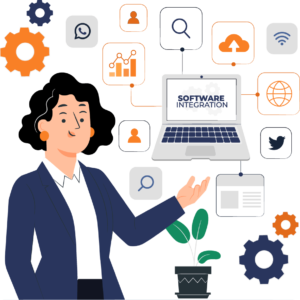
BENEFITS OF APPLICATION INTEGRATION:
S.T.A.R.S (Pvt.) Ltd. aims to assist their clients in managing, maintaining, and updating your applications through application integration. Not only that but by virtue of application integration it is also ensured that the data stored in various applications is not duplicated or redundant. By creating a network for application integration we allow the applications to communicate with each other and function in an effective and efficient manner.
Application integration assists in smooth movement of data from one application to another in a scheduled manner. This means that you no longer need to enter data again and again in different applications, rather you add data once and the rest is taken care of by automation. Doing so, the possibility of human error is reduced, the need for human intervention is minimized and finally consistency is achieved. Data is now synchronized among all applications ensuring accuracy.
Application integration forms a bridge between heterogeneous applications in organizations. Even if the applications that your organization uses were not originally intended to communicate with each other, our company can configure them to do so with application integration. This provides you the liberty to choose applications that best suit your needs irrespective of the vendor or technology used and without worrying about complex details such as whether the applications you have purchased communicate with the rest of your applications by default or not. This allows our clients to focus more of their attention on their business goals instead of worrying about tedious details such ensuring connectivity among applications.
S.T.A.R.S (Pvt.) Ltd. ensures that data silos are not created in the clients work and data owned by an entity is fully accessible to other entities. The company makes sure that with the increase in quantity and diversity of data, the data silos do not grow and a data overload can be avoided.
Application integration also enables the company’s clients to utilize cloud based solutions for their businesses as it provides seamless connectivity between the cloud-based solutions and the on premise architecture. This increases the scope of the client’s business and enables them to perform a larger set of functions.
BUSINESS ADVANTAGES OF APPLICATION INTEGRATION:
If there are delays in carrying out operations in an organization, that translates into slower return on investment for that particular business. Application integration helps the clients of S.T.A.R.S (Pvt.) Ltd. to speed up their tasks by providing a seamless connection between applications. This reduces the need to perform tedious manual tasks that prove to be a hurdle in a company’s workflow. With the help of application integration, clients can launch their business quickly and get a head start above other competitor companies. These clients can also view their data from anywhere in the world and also modify it.
Application integration offers process automation and ready to use templates. These speed up the workflow of an enterprise. This is also done by the help of concurrent processing, which means that several processes are running simultaneously, instead of one process running at a time and the rest of the processes waiting for their turn. Concurrent processing means that businesses can take care of several orders at the same time, which translates to higher profits.
Furthermore, application integration also aids in easier troubleshooting and isolating the fault by determining which application is acting in an impaired manner This is ensured by the increased visibility offered by application integration. Organizations are able to view and track the flow of data as it passes through various applications. So whenever something goes wrong, organizations are able to act quickly.
MULTIPLE WAYS APPLICATION INTEGRATION BENEFITS CLIENTS:
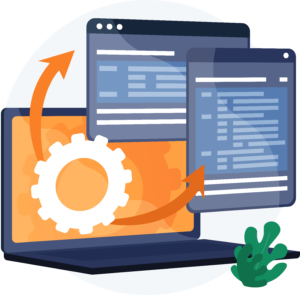 Over the years, the clients of S.T.A.R.S (Pvt.) Ltd. have understood how they can take help from application integration in many of their departments i.e. supply chain management, enterprise resource planning and customer relationship management, to name a few. Enterprise resource planning is a hub for all the various business activities in an organization. If we integrate enterprise resource planning with supporting applications, the organization will be able to not only streamline but also automate the business processes, most of which are mission critical.
Over the years, the clients of S.T.A.R.S (Pvt.) Ltd. have understood how they can take help from application integration in many of their departments i.e. supply chain management, enterprise resource planning and customer relationship management, to name a few. Enterprise resource planning is a hub for all the various business activities in an organization. If we integrate enterprise resource planning with supporting applications, the organization will be able to not only streamline but also automate the business processes, most of which are mission critical.
An easier alternative that comes to mind when dealing with the issue of application integration is manually configuring point to point interactions between applications. However, with experience, the company understands that this is not scalable at all. When the number of applications increases the manual interactions also increases and managing these interactions is a very daunting task. Furthermore, there are many factors that need to be considered when manually configuring applications connectivity. These factors include taking care of error handling, managing authentication protocols and ensuring performance optimization.
CHOOSING THE BEST APPROACH FOR CLIENTS
There are 3 common approaches that S.T.A.R.S (Pvt.) Ltd. uses with regards to application integration. Firstly, the company offers on premise application integration. This approach is used for the proprietary tools that are operating behind the clients firewall or in a private cloud. In this method, the applications are integrated by custom coding them all together.
Secondly, the company has the SaaS (Software as a Service) application integration. In the present day, companies have started to rely on numerous SaaS applications to meet their requirements. However, they too need to be integrated with the enterprise architecture to avoid the creation of data silos. To implement SaaS application integration APIs are used.
Lastly, the company offers application to application integration. This sort of integration could be required if the client wants to integrate their e-commerce data workflows with their ERP processes. This approach gives rise to automation and thereby increases efficiency. Furthermore, it eliminates the need for manual data intervention.
OVERCOMING CHALLENGES
With the increase in the number of applications used by organizations it has become more difficult for the organizations to manage them. Even after the inception of application integration, the challenges for clients are not eliminated altogether, as there are issues that come with application integration if the right solution is not chosen; one that best suits the client’s requirements.
To cater to these issues, S.T.A.R.S (Pvt.) Ltd. conducts an in depth meeting with the clients before starting any sort of work. There are various approaches to implementing application integration and within each of these approaches are multiple solutions. The company makes sure that they determine which solution and approach is best suited for the client and take that path for their clients.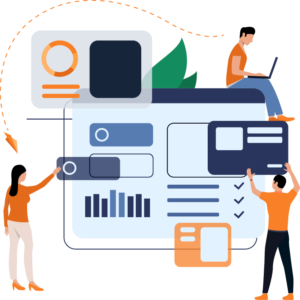
Another challenge faced by companies is due to the limitation of certain application integration solutions which do not support integration with SaaS and other cloud based services. This leads to creation of application silos, which refers to applications configured individually and outside the core of an enterprise. This means that the application data and any insights offered by that application data are no longer accessible to the enterprise. S.T.A.R.S (Pvt.) Ltd. ensures that they refrain from any application integration solution that could become problematic in the long run.
DATA INTEGRATION AND APPLICATION INTEGRATION:
Data integration and application integration are two sister concepts which is why a lot of people have a tough time separating the two. Most people even use these terms interchangeably. However, in reality there are distinct differences between the two. To understand application integration, it is important to distinguish it from data integration. The basic difference between the two is that data integration simply refers to collection of data from various sources at a single point which can be viewed across an organization, on the other hand, application integration works on a more functional level where it allows applications to interact with each other.
Data integration offers you the possibility of conducting it in real time, however, it is seldom done so. Data integration follows a batch based data processing model, where an extensive amount of data is collected over time and is processed in batches. The main purpose data integration serves is that it allows organizations to move data within applications periodically in order to analyse it in a more efficient manner. Furthermore, any redundancies found in the data can also be eliminated. This increases the quality of data and makes it more consistent.
In contrast, application integration is conducted in real time. The associated data of applications is linked in real time which allows the clients of S.T.A.R.S (Pvt.) Ltd. to create dynamic services and applications. Application integration also allows the clients to make critical decisions quickly and before it is too late.
CONCLUSION:
Initially what began as simple data integration, where data was relocated and replicated in databases to ensure that all the entities had a consistent view of data, has evolved to application integration; enabling business process automation. Application integration has moved beyond the consolidation of data and now offers advanced features such as real time connectivity of applications irrespective of their heterogeneous nature.
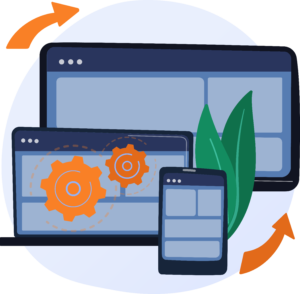 By application integration, S.T.A.R.S (Pvt.) Ltd. offers their clients several benefits. These include the fact that a client’s business can perform rapid scalability and add new applications to their architecture without manually configuring them. Furthermore, application integration allows the integration of new systems with legacy systems. This is a major advantage as organizations move towards the latest systems and wish to maintain the same data which was present in legacy systems.
By application integration, S.T.A.R.S (Pvt.) Ltd. offers their clients several benefits. These include the fact that a client’s business can perform rapid scalability and add new applications to their architecture without manually configuring them. Furthermore, application integration allows the integration of new systems with legacy systems. This is a major advantage as organizations move towards the latest systems and wish to maintain the same data which was present in legacy systems.
In today’s world there are many practical use cases of application integration. From fields such as healthcare to manufacturing, S.T.A.R.S (Pvt.) Ltd. is helping solve real world problems with the use of application integration. These areas now manage their data in an optimized manner. Earlier, prior to the use application integration, each application would maintain their own data which was incapable of being shared with the other applications. This led to the creation of data silos and ultimately data overload. Organizations were paying more than what was required to store this additional data. Now, with the help of application integration, issues such as data replication and redundancies have been eliminated.
Top Brands Trust Us
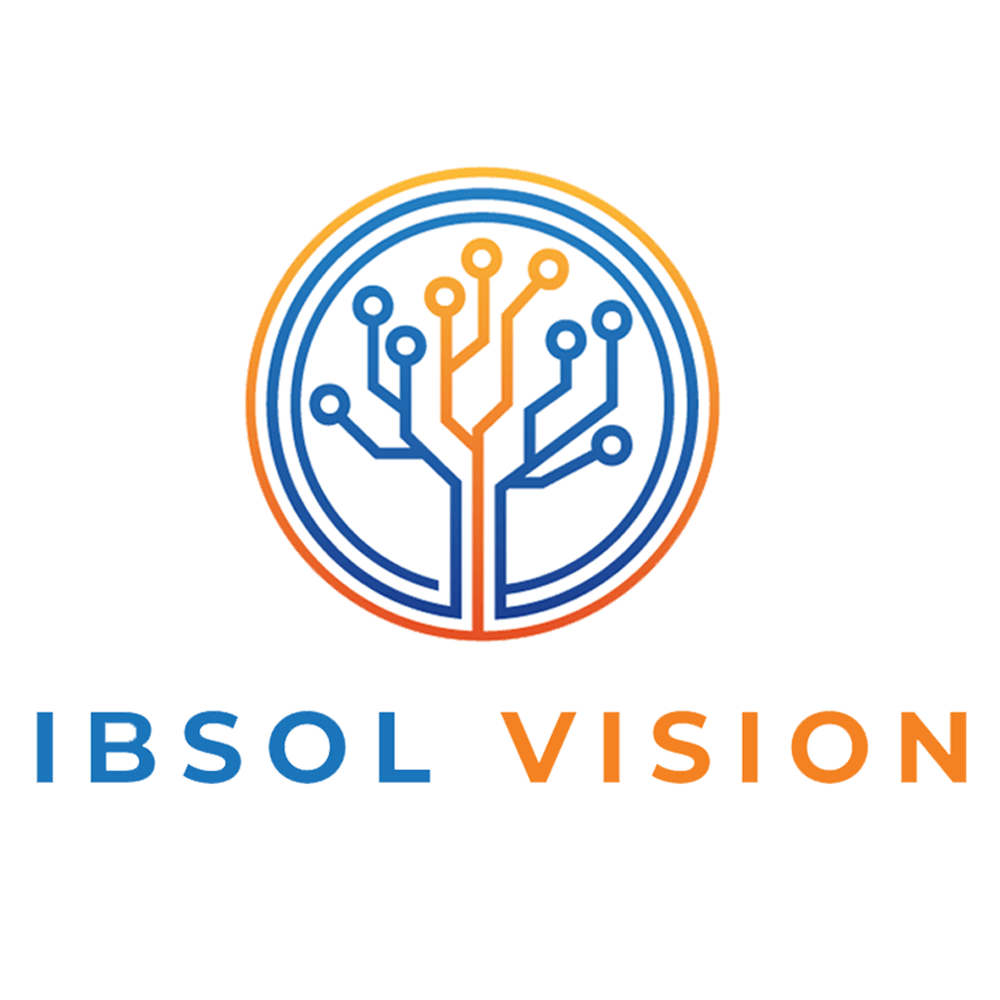

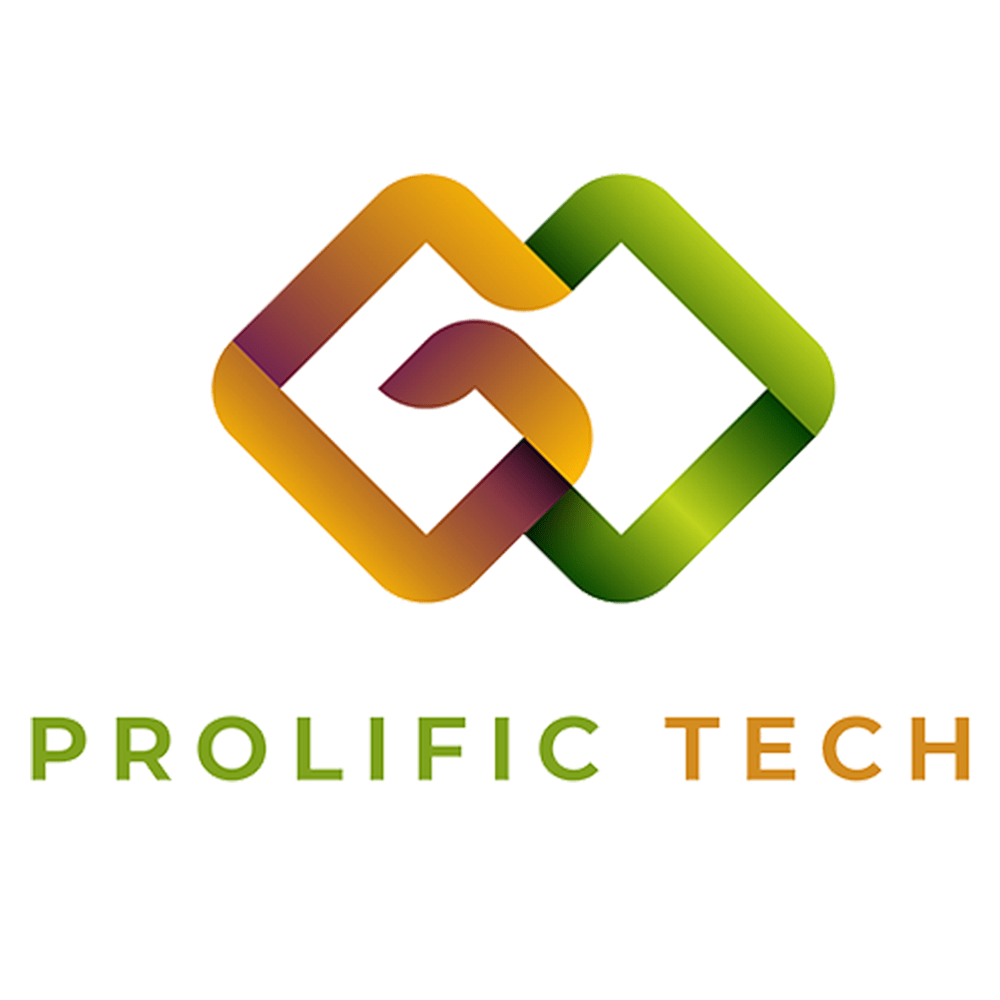


What Our Customers
Say About Us
"S.T.A.R.S (Pvt.) Ltd. was a fantastic help in getting my wordpress project going. I reached out to him as a first-time wordpress user, and I'm happy to say that now (several months later) I will be able to launch a really great product soon. If you are looking for a highly qualified and responsive web developer with an incredibly wide skillset, I recommend S.T.A.R.S (Pvt.) Ltd. without hesitation."




